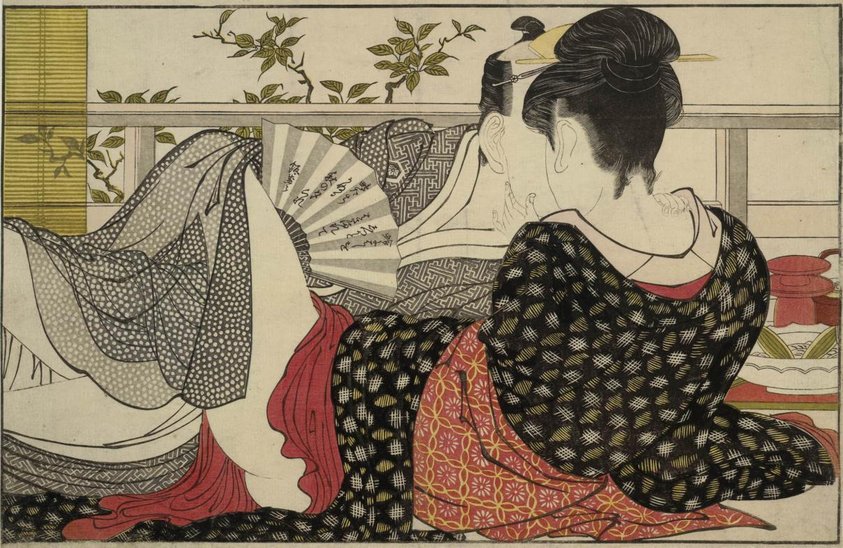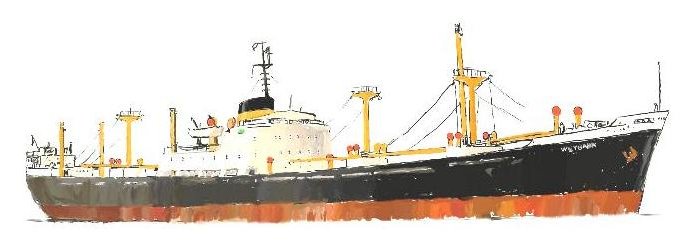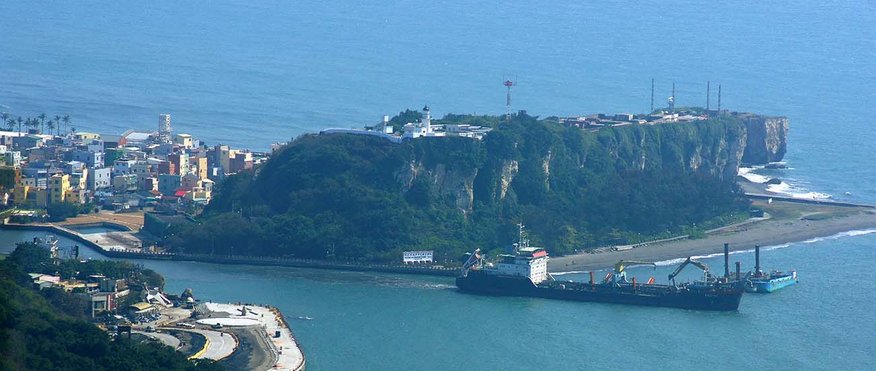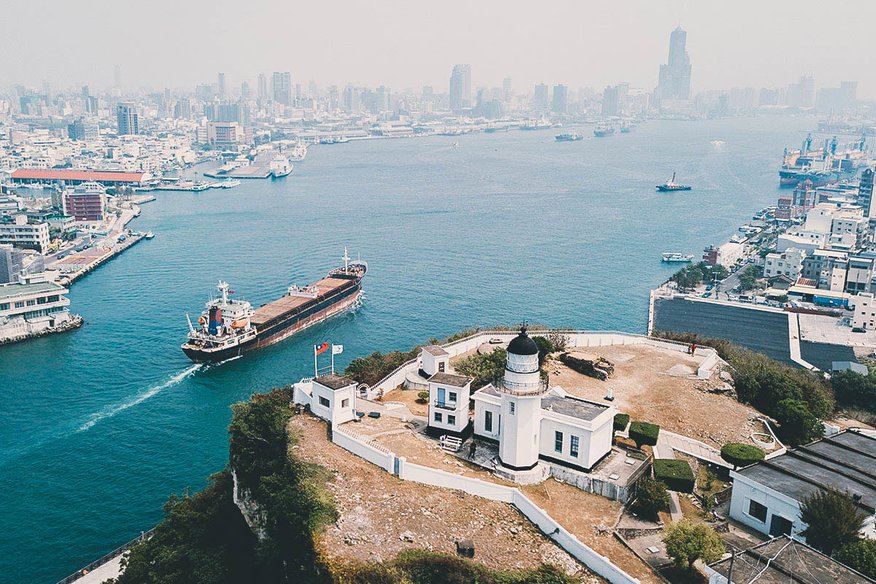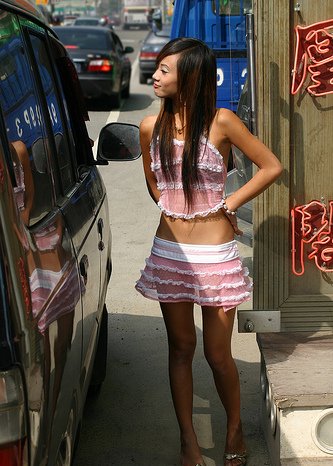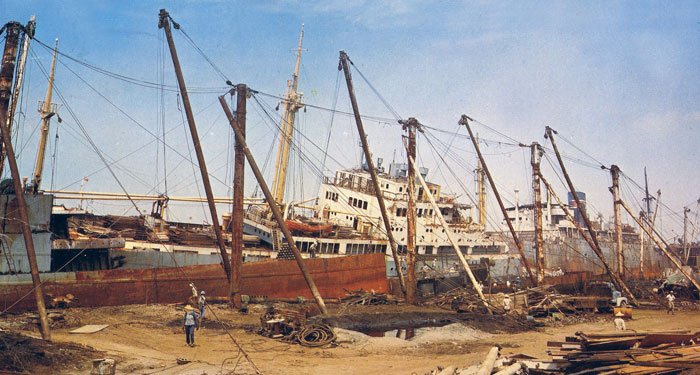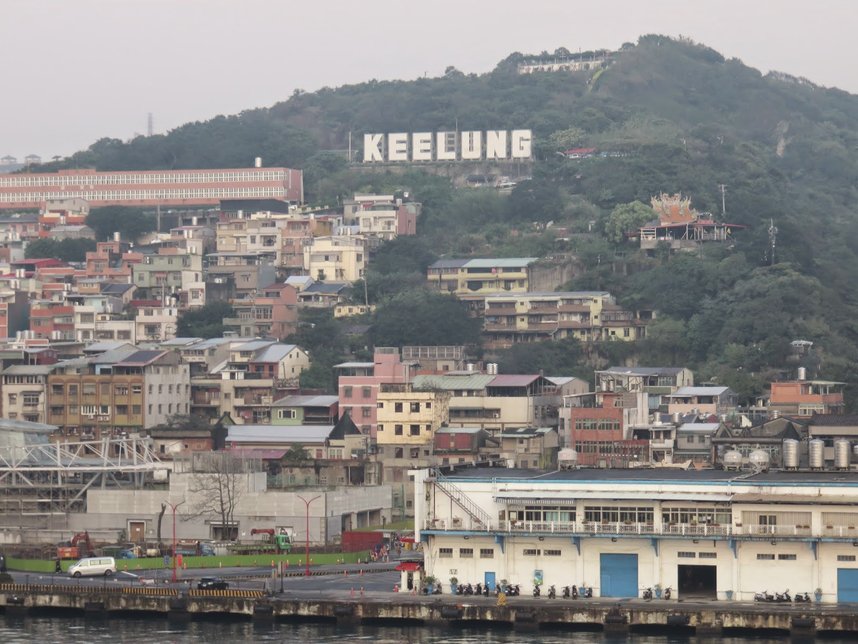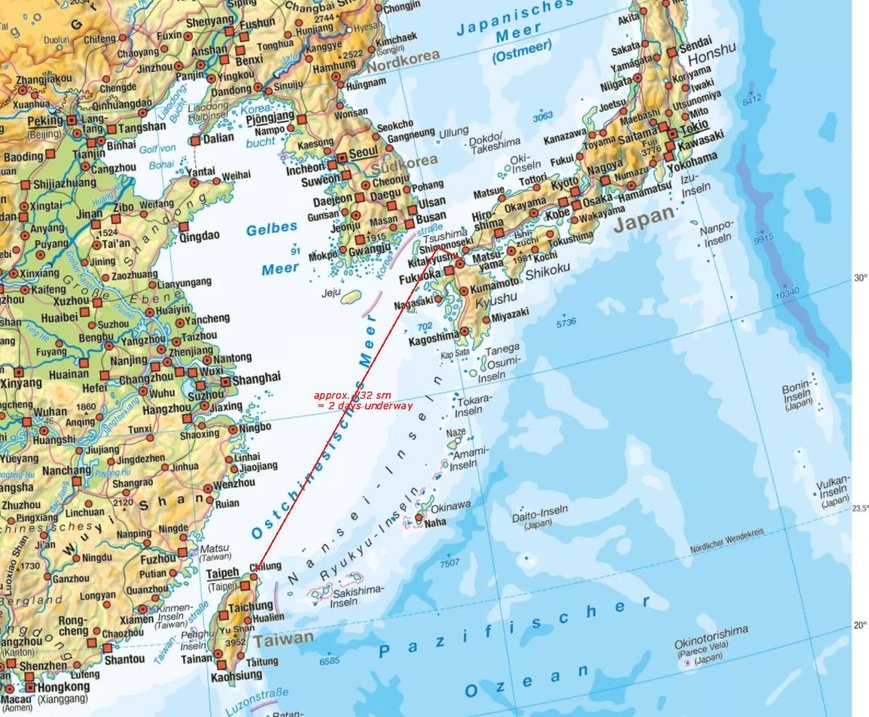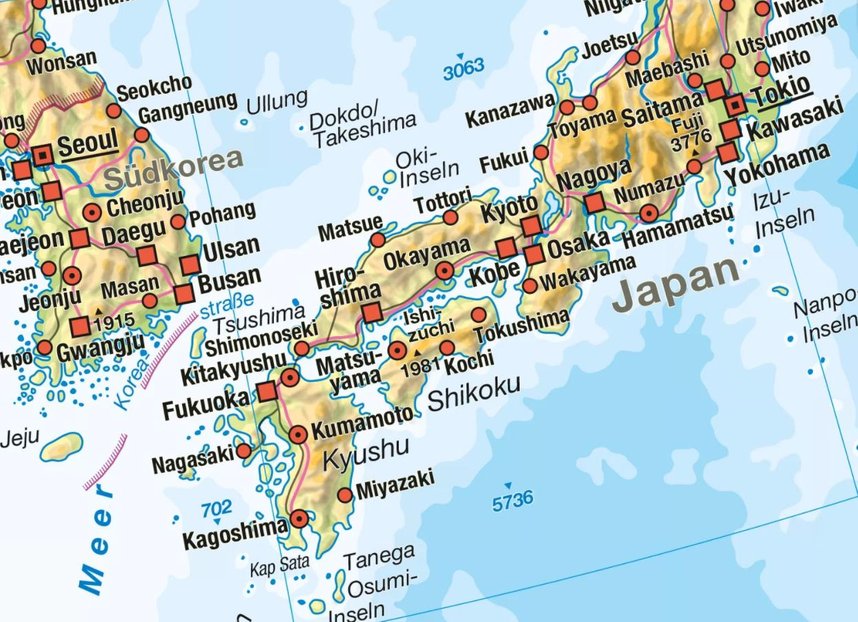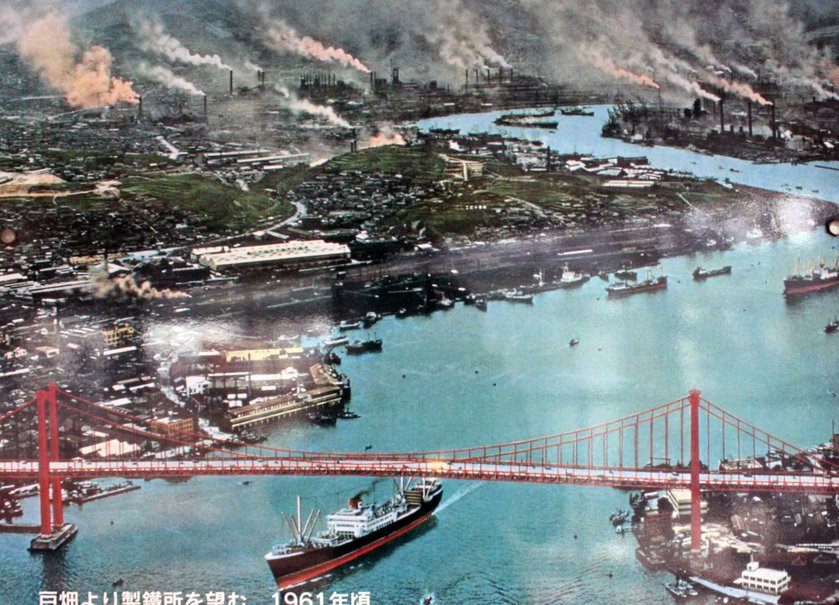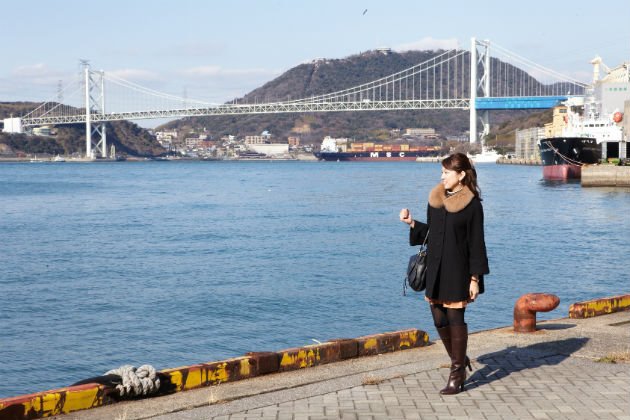Mandalay
Japanese for Beginners
To the tyro who is touring in these islands, so alluring,
It is somewhat reassuring if you talk the native tongue.
And you will very soon discover, that the guidebooks do not cover
All the phrases that the lover needs to help himself along.
When in search of local glamour, in a bar in Yokohama,
“Ipon beeru dozo, mama san,” is all you have to say,
And a damsel will appear for you, and sit up very near for you,
And pour out all your beer for you, and whisper, “Kon ban wane.”
If this young and winsome lassie, with her slim and shapely chassis,
Murmurs, “Sikoshi yen watashi,” in a most endearing way;
She’s not trying to be funny, she is asking for your money,
So, you’d best take care, or Sonny, through the nostrils you will pay.
If a drink, you do not buy her, or with cigarettes supply her,
And continue to defy her, “Kichen boh!” will be her cry.
You’re tight-fisted from the start, mate, no use giving her your heart, mate,
She will tell you to depart, mate, and drop dead – that’s “Shinshimay!”
If you should underwrite her for the evening, you’ll delight her,
“Sepoon chodai,” may invite her to bestow a kiss, or two.
Though, at first, refuse she may, Sir, “Tonde mone,” she may say. Sir,
Very soon, you’ll have your way Sir, if you know the thing to do.
But, you cannot stay till morning, for your sailing with the dawning,
And when midnight sounds its warning, say, “Oyasuminasai.”
And the cold, grey light will find you, as Mount Fuji falls behind you,
With just one word to remind you, “Sayonara” means goodbye“.
I obtained „Japanese for Beginners“ from ex-Radio Officer Tim Proce, an absolute gentleman whose memory, unlike mine, has not failed him.
(For those of you now already packing your suitcases for Japan, a little help in the translation:
Shinshimay = Buddhist demon of death - Shima
Oyasuminasai = Goodnight).
We arrived at Moji in the early afternoon in heavy snowfall and it had obviously been already snowing in Moji for some time as the snow was at least a half meter high on the quayside at parts where it had not been shoveled away. As it was still snowing and the temperature had dropped to 0°C, I had no intention of going ashore. That was until the third Engineer bumped into me in the alleyway and said that he and the 5th Engineer had arranged with the ship‘s Japanese agent for transport ashore and asked if I wanted to join them. I told him that I hadn‘t drawn any Japanese money but he said not to worry, he would pay for any drinks etc. I did a double-take and then asked him to wait for me until I had a quick shower and put on my suit. I had a sheepskin-lined warm coat and aviators fleece lined boots which I had never worn again since Hamburg but now I was glad that I had taken them along. For some reason before I left my cabin I grabbed my check-book (which I had only used aboard until then when exchanging a check for cash from the Captain).
The engineers and I stood at the top of the gangway freezing our b…. off waiting for our transport. You might not believe this but it is God‘s honest truth. A pink Cadillac (yes, a US Cadillac and a PINK one!) drove along the quayside towards us and stopped at the bottom of our gangway. Apart from the driver it was full of Japanese girls who wound down the windows and started waving and calling to us. ZOOOOOMMM! Off we shot into their cosy arms and with much laughter were driven to who knows where? It had turned to dusk and was still snowing when we arrived at what appeared to be the „Tea House of the August Moon“ as it had a similar appearance, even down to the lanterns hanging over the entrance. One of the girls asked me to take my boots off and park them in a row of a few others neatly lined up outside the entrance. I didn‘t fancy having to later go back to the ship barefoot and I told her so but she answered most indignantly „No one ever steal shoe from Japan door!“. It looked as if the door was made of paper in a frame because it was transluscent as I could see a glimmer of light behind it. I‘m glad I didn‘t attempt to open it myself otherwise I would have gone right through it. One of the girls grabbed the door somewhere and slid it sideways gesturing for us to enter. When we entered (it was nice and warm inside), the girls that had accompanied us so far in the car disappeared but instead we were approached by other girls dressed in what appeared to be Kimonas who ushered us into a bar reminiscent of a cowboy movie saloon. All wood panelling with booths along one side and a long bar at the other.
The girl that latched onto me was (thankfully) very attractive. Her eyes did not conform to what we imagined Japanese eyes should look like. She could have been Polynesian from „Mutiny on the Bounty“ or some hot Latino like Gloria Estefan – I would never have guessed that she was Japanese.
We took seats on benches at a wooden table in one of the booths and after the usual „What‘s your name? Where you come from?“ and the standard type of answer „James Bond, Westminster Abbey“, the girls got down to business (I was stupid enough to ask „my“ girl‘s name and got the answer „Mojiko“ which sounded very romantic until my befuddled brain started working again - according to her her name was „Moji Port“).
After the preliminary round of drinks while holding a conversation in Japinglish, one of the girls magically pulled a paperback novel sized kind of book out from the folds of her Kimono and flipping slowly through it page by page, made sure that we could all see the goodies it contained.
With much decorous mirth (delicate hands held over mouth) they had introduced us to a hand drawn
ink-sketched version of the Japanese Kama Sutra. All the standard positions and many more unorthodox were drawn in explicit detail (by this time I was thinking what a great job the artist had - „can you just hold it there while I brush in a bit more detail?“).
Such a Pillow Book or „Makura no Soshi“ as they are called in Japan has little to do with the original book of the same title which was written in 1002 by Sei Shonagan, a court Lady in Waiting to the then Empress Teishi of Japan. Shonagon never intended for her work to be viewed by an audience or to be read by eyes other than her own but part of it was revealed to the court by accident.
Her book consists of a collection of essays, anecdotes, poems, and descriptive passages. In it she included lists of all kinds, personal thoughts, interesting events in court, poetry, and some opinions on her contemporaries including their romances and affairs, which made it all the more interesting
reading – so much so that it has become a famous piece of literature throughout the centuries and can even be purchased from Amazon and other similar sites to this day.
If you are on to a good thing then go for it! At least that‘s what Japanese artist Kitagawa Utamaro
thought almost 800 years later in 1788 when he produced his sexually implicit illustrations in book form which he named „Utamakura“ - Poems of the Pillow.
The only one amongst his illustrations which can be considered as harmless „soft-porn“ is shown below.
Meanwhile, back at the ranch teahouse, it was time or at least that‘s what Mojiko was thinking.
Grabbing my arm she pulled me up off my seat - „we go pillow talk“ (a nice way to put it) while towing me out of the bar behind her. We climbed some rickety stairs to some zig-zag wooden panelled corridor which she led me along to her room. When she opened the door I was surprised because it was spacious and had a big western-style double bed and a large round wooden table.
She asked me if I wanted a „Bieru“ which I did and she fetched me one from a mini-fridge. She sat down opposite me at the table and we started talking and I got the usual answers - „I am student, I work here only for money for study, then I go – many Japanese girls do same“. She then said „come, we go Ofuro“. Oferu?! Do I first have to go to a Shinto shrine to ensure a positive outcome (excuse the pun)? She must have thought that I was as thick as two short planks as everyone in Japan, apart from me obviously, knows that an Oferu is a hot-tub. I declined the invitation telling her that I had already had a shower before leaving the ship but the real reason was that a soak in an almost boiling Japanese tub would have put me totally out of action - „Hors de Combat“ as the French would say (and they should know, Hi Hi). So what else could we „break the ice“ with to get closer together? The current strength of the Japanese Yen in the international stock markets? The average annual noodle consumption in Honshu? When are they going to build a Disneyland in Japan?
Mojiko, still sitting directly opposite me slowly pulled the edge of her Kimono down exposing her breasts. Her eyes were at that moment like a rabbit‘s caught in headlights - anxious and endearing. Looking directly into my eyes she said „they much too small, yes?“. I answered - „the most beautiful I have ever seen“ and I meant it.
The only distraction that night (there‘s always something) was the nearly non-stop deep throat monotone chanting of some Buddhist or Shinto priest in the adjacent room.
In retrospect he was probably praying „send them both to hell so that I can get some sleep“.
We arose around midday and then went out down the road for Japanese „brunch“ at a noodle shop where we had a delicious noodle „slurp“. Invigorated we then walked back fast to our HQ as the weather, although by now with lighter snow fall, was still freezing.
I was enjoying my Japanese honeymoon, so much so that when on entering the teahouse western bar and saw my shipmates (3rd/5th Engs) sitting there with their own „Mojikos“ I wondered „how did they get here?“
Soon we were all sitting together enjoying the afternoon – just like in a Japanese version of the US Sitcom „Friends“ - (Mojiko was Jennifer). Just as we got to the stage when we were planning all our future lives together in Japan, I noticed a Japanese up at the bar talking to the barman and gesticulating in our direction. He then faced towards us (it turned out that he was our company‘s Japanese agent – the one who organized the Cadillac!) and announced „ your ship ready to sail, must return immediately but good news, after Japan you go Philippines then return home“.
I can‘t remember what my shipmates remarks were to his statement but I remember my own.
„You go Philippines, we stay here“ (I could speak perfect Japinglish by now). „Sit down and have a beer or else go away, Sayonara!“. He started pleading with us: „Captain waiting, what I tell him?“;
„Bon Voyage“; „Bon what?“; „Voyage“; „No understand“; „Learn French“. I then said: „ For year we ask when we go home but Bank Line company like three monkeys. Now we three monkeys same same“. The agent: „Monkeys? No understand – I go now“ and stage left, he disappeared.
After toasting our victory we settled back to our enjoyable soiree (it was slowly getting late). About a half hour later our agent reappeared but this time with the 2nd Mate Gordon in tow. „Hi Gordon, managed to escape the Weybank zoo at last?, sit down and have a beer while I fetch the beautiful Nagoyako, she‘s been waiting for you all her life“. „No, seriously Sparks, we have to get back to the ship“. I pulled my ace card „Gordon, the ship can‘t sail without me (it could but it would be breaking international law). I‘ll tell them (if we ever go back) that I hit you over the head with a bottle“. I don‘t know if it was the enticement of Nagoyako but whatever it was, Gordon didn‘t need much more encouragement and zipedeedooda, he was one of us – we were now four monkeys! Banzai! I noticed our agent once again flitting off stage as soon as Gordon sat down. This time he was faster than the Wells Fargo Pony Express and in his saddle bags he had the last man on this planet who you would choose as a negotiator under the circumstances. It was Stanley, the 2nd Engineer who could himself have written the lyrics to „The House of the Rising Sun“ based on his personal global „Port Trotter“ experiences. This time he was not his usual self, maybe the agent had „turned“ him, painting a picture of Stanley‘s lonely wife awaiting him in London, sob, sob.
Stanley, who we all liked and respected, started a House of Commons type of debate (without „my learned friend“ bits) over the pros and cons of returning to the ship. He was an eloquent speaker. We all knew that all good things must come to an end, it‘s a law of nature. Jumping ship in Japan was totally out of the question, not that any of us would even consider jumping ship anywhere else although we sometimes dreamed about it.
It was time to pay the Piper – apropos paying – I didn‘t have a penny on me. I turned to Malcolm, the 3rd Eng „Hey Malc, remember the bit about don‘t worry, I‘ll buy the drinks etc.“ „Sorry Sparks but after paying for my own transgressions I‘ll be as poor as a church mouse and Alan (the 5th) is in the same church boat“. My mind was racing when I suddenly remembered my checkbook but I thought that there was a fat chance of my getting it cashed in an establishment such as the Teahouse.
I approached our agent and explained my predicament whereupon he turned to the Mamasan (the proprietress) relaying my concerns in Japanese. After a short pow-wow in Japanese with the Mamasan he turned back to me and said „no problem“, handing me a slip of paper with the sum total. I wrote out a Barclays check for „Services rendered“ to the real name of the teahouse. It was like paying for a package holiday – all inclusive.
Finally it was time to say Sayonara to Mojiko. In my lifetime I have met four or five women whom I instantly knew would become soulmates. It is not infatuation but something else unexplainable. Mojiko and I got along together like a house on fire and it was with a very heavy heart that I said goodbye.
We were driven back in the Cadillac to the dock entrance gates which were already closed. Walking through the side entrance to the quayside I saw a dockyard bicycle leaning on a shed and so I „borrowed“ it and pedalled my way down to our ship. The Weybank was the only ship tied up to the pier and the quayside was almost deserted apart from a few Japanese standing by the bollards ready to cast us off and a lone policeman. It reminded me of a poor man‘s funeral. A tug was on standby.
I parked the bike against the Godown (dock shed) and walked towards the gangway. I saw the Old Man (captain), the 1st Mate and the Japanese pilot all leaning over the bridge wing when the 1st Mate started dancing around in agitation shouting down „We‘ve been waiting for f…… hours, get the f… aboard“. I decided to wind him up further, after all he was my BFF (Best Friend Forever). Cupping a hand behind my ear I shouted back „sorry, can‘t hear you, can you repeat that?“.
On boarding the ship I expected that the OM would be irate but he just said „nice to see you back again“, God bless him. With the 1st Mate it was a bit different: „If I were the OM I‘d have you cruxified“; „Well you‘re not so you can stick your hammer and nails up yours!“. We were like water and oil, didn‘t mix.
We cast off in the dark, towed by the tug into the Shimonoseki Strait, destination Osaka. What a lonely night, depressed by the thought that I would never see Mojiko again. Now I myself just wanted to go home, whereever that was, maybe Hamburg would become home?
To be continued........
M.V. Weybank - Chapter 11
Taiwan
A brief recent history for orientation:
In 1949, after military defeat in the Chinese Civil War (1927–49), Chiang Kai-shek's Kuomintang (KMT) government and 1.3 million anti-communist Chinese supporters fled China to the islands of Taiwan and Hainan and the Kinmen (Quemoy) and Matsu Islands directly on the coast of mainland China. In April 1950, the communist Peoples Republic of China (PRC) captured Hainan, and the Nationalists there escaped to Taiwan, before the occurrence of the First Taiwan Strait Crisis sent the U.S. Navy's Seventh Fleet into the Taiwan Strait to prevent purther conflict between the ROC and the PRC, effectively putting Taiwan under American protection.
The First Taiwan Strait Crisis in 1955 was a brief armed conflict between the communist PRC and the nationalist ROC in Taiwan. In March 1955, U.S. Secretary of State John Foster Dulles stated publicly that the U.S. was seriously considering a nuclear strike against the PRC (the Korean War had just recently „ended“).
The Second Taiwan Strait Crisis took place in 1958. In this conflict the PRC shelled the islands of Kinmen and the Matsu Islands in the Taiwan Strait to "liberate" Taiwan from the ROC; and to probe the extent of the United States defense of Taiwan's territory. A naval battle also took place around Dongding (Dongsha) Island when the ROC Navy repelled an attempted amphibious landing by the PRC Navy.
The Americans responded to the request for aid from the ROC and ordered the reinforcement of the U.S. Navy Seventh Fleet in the area.
Afterwards, both sides continued to bombard each other with shells containing propaganda leaflets on alternate days of the week. This strange informal arrangement continued until the normalization of diplomatic relations between the United States and the Communist PRC in 1979. The timed shelling created little damage and casualties; it was mainly aimed at military compounds and artillery pieces.
The US throughout the years following 1958 supplied the ROC with military aid mainly in the form of modern fighter aircraft, missiles and artillery pieces. Taiwan was effectively turned into a massive fortress.
The Third Taiwan Strait Crisis (1995–1996) was the effect of a series of missile tests conducted by the PRC in the waters surrounding Taiwan, including the Taiwan Strait from 21 July 1995 to 23 March 1996. The first set of missiles fired in mid-to-late 1995 were allegedly intended to send a strong signal to the ROC government which had been seen as moving its foreign policy away from the One-China policy. The second set of missiles were fired in early 1996, allegedly intending to intimidate the Taiwanese electorate in the run-up to the 1996 Taiwanese presidential election. A third set of PLA tests from March 8 to March 15 (just before the election), sent missiles within 46 to 65 km (25 to 35 nmi) just inside the ROC's territorial waters off the ports of Keelung and Kaohsiung. Over 70 percent of commercial shipping passed through the targeted ports, which were disrupted by the proximity of the tests. Flights to Japan and trans-Pacific flights were prolonged by ten minutes because airplanes needed to detour away from the flight path. Ships traveling between Kaohsiung and Hong Kong had to take a two-hour detour.
The U.S. government responded by staging the biggest display of American military might in Asia since the Vietnam War. President Clinton ordered additional ships into the region in March 1996. Two aircraft carrier battle groups, Carrier Group Five centered on USS Nimitz, and Carrier Group Seven centered on USS Independence, were present in the region as well as the amphibious assault ship USS Belleau Wood.The Nimitz and her battle group and the Belleau Wood sailed through the Taiwan Strait.The crisis forced the Chinese leadership in 1996 to acknowledge its inability to stop U.S. forces from coming to Taiwan's assistance.
As for the indigenous Taiwanese, long before the arrival of the ROC Chinese they had been colonized by the Dutch in the 17th century. Worse was later to come as the Japanese overran the island in 1895 and in the event perpetrated "Nanking Massacre" type atrocities in villages in an attempt to subdue Taiwanese guerilla still operating against them. The Japanese renamed the island "Formosa" and colonized it with Japanese - they remained for the next five decades until their defeat at the end of WWII.
The first of China's nuclear weapons tests took place in 1964 and its first successful hydrogen bomb test occurred in 1967.
The Taiwan Strait which separates the PRC and ROC is only around 135 km in width at its narrowest between the mainlands of both countries.
Taiwan has mountains running down its length and sits in an area where the Philippine Sea Plate collides with the Eurasian Plate resulting in approximately 2,200 Taiwanese earthquakes per year although only around 200 of them are strong enough to be felt.
The map above shows the relative locations of Taiwan, Hainan and the Kinmen and Matsu Islands
w.r.t. mainland China. Note the Matsu and Kinmen Islands sitting directly on the doorsteps of Fuzhou and Xiamen respectively.
The distance between Hong Kong and Kaohsiung is 647 km which equates to 349 sea miles and at our 15 kt speed takes us just about 24 hours to cover. In 1969 Kaohsiung was a not exactly small port city. Today, 50 years later, it has become arguably the biggest port in East Asia.
We entered Kaohsiung port through a narrow channel, passing by the impressive towering rock of Cijin Island on our starboard side which is shown in the photos below. Unfortunately when we arrived it was winter and the weather was cold, wet and dreary.
Almost immediately after we had tied up at our berth, three Taiwanese Army troops appeared at the Radio Room. They told me that they had come to seal the transmitters to prevent transmissions within Taiwanese waters which was strictly prohibited, adding that breaking a seal would result in dire consequences for the perpetrator. My mind was racing ahead thinking „just how are they going to seal the transmitters“ when one of the soldiers answered my unspoken question by producing what looked like a writing pad but turned out to be a book of seals. Another of the soldiers had a pot of glue handy. They then asked me to tell them where to put the seals but meant „where are the main switches?“ I could have pointed out any inconsequential switch that looked big enough and
they wouldn‘t have known the difference. They then unperforated a couple of pages from their pad and the glue man went to work – Main and Emergency Transmitters sealed! I didn‘t tell them that we also had a lifeboat transceiver and in the wheelhouse a VHF transceiver. This describes the prevailing atmosphere of Taiwan at that time with the Damoclese sword of the PRC constantly wavering over their heads.
We only stayed in Kaohsiung for a day but I managed to have a look around and ended up doing some shopping. Hong Kong was the place to buy duty-free genuine goods such as cameras and tape recorders and at low prices compared to the rest of the world (as our 5th Engineer did buying Japanese cameras and zoom lenses). Taiwan was the place to buy imitations of just about anything produced elsewhere in the world. It was amazing – I didn‘t know where to look first. I ended up buying a whole stack of LP records of the current popular „beat-bands“ etc. The Rolling Stones, Beatles, Brenda Lee, Trio los Paraguayos etc. etc. which I still have today. These LPs came in all different colours – red, green, yellow, purple and many of them were semi-transparent. In one way it was a bit stupid to buy records because using a record player aboard a ship at sea would just result in the record being slowly destroyed by the needle skimming across the surface scoring its surface and we didn‘t have a record player aboard anyway (if I had wanted to buy one it would have been a problem because our ship had DC mains voltage and everything ashore had either 110V or 220V AC – depending on the individual country). As I said, you could get a copy of just about anything. They produced books such as the Encycopedia Brittanica in all its volumes which were exact copies and dirt cheap to purchase.
Then there were the girls (aren‘t there always?):
Kaohsiung was at that time a major player in the ship scrapping business. I would never have guessed that fifteen years later the very ship I was sailing aboard would end up at a Kaohsiung graveyard. In 1979 the Weybank was sold and renamed Golden Nigeria but only five years later in 1984 she arrived at a Kaohsiung knackers yard for scrapping.
Below a photo of a Kaohsiung scrapping yard in the 1960‘s.
We sailed the next day up the west coast of Taiwan to the northern port of Keelung. The weather was miserable and Keelung looked the same although as it was surrounded by mountains it would have looked a lot better in summer. On leaving Kaohsiung and Taiwanese waters I broke the transmitter seals to get messages away to Portishead Radio. On our arrival in Keelung we went through the „same procedure as every year Miss Sophie“ - sealing the transmitters.
Again we only stayed for a day and then sailed for Japan. Little did I know then that twenty years later I would return to Kaohsiung to work for my company there and it was an experience that I would never forget.
Japan
Japan is referred to as “Nihon” by the Japanese which can be literally translated as “The Land of the Rising Sun”. Nihon is written as Nippon, more familiar to us which is our next destination after Taiwan. I had mixed feelings about the country. WWII had only ended 24 years ago. My father had trained in a jungle warfare school in India to prepare for the invasion of Burma and had thereafter fought all the way down Burma to Rangoon. He was present at the civilian prison in Rangoon when it was opened up – the Kempei Tai (Japanese Gestapo) had long since scarpered, leaving behind the inmates, or what was left of them.
At least I don‘t have to write any „introduction“ to Japan. How they conducted themselves on their rampage through their „Greater East-Asian Co-prosperity Sphere“ is legendary.
As can be seen from the chart above, it will take us two whole days sailing to cover the approx. 732 sm (sea miles) to our first Japanese port of call, Moji. Moji lies on the northern tip of the island of Kyushu, one of the four largest Japanese islands. Note the infamous Japanese island of Okinawa which cost US troops heavy losses when they invaded during the war.
Underway to Moji the weather was deteriorating rapidly and getting colder by the day. For the past year we had temperatures averaging around 30°C but now the thermometer was rapidly dropping towards zero.
The Japanese archipelago consists of 6,852 islands of which 430 are inhabited. The four main islands, from north to south, are Hokkaido, Honshu, Shikoku, and Kyushu. Honshu is the largest (with cities such as Kobe, Osaka, Nagoya, Yokohama and Tokyo) and referred to as the Japanese mainland. On the chart above only Hokkaido and the rest of Honshu are missing.
The south of the island of Kyushu is sub-tropical in summer-time but you could have fooled me.
Moji is not shown in the chart above because it is in effect a port which serves Kitakyushu. If you look at Kitakyushu you will see a line connecting Kitakyushu to Shimonoseki, another city. This line is actually a bridge over the very narrow Shimonoseki Strait which connects the island of Kyushu with Honshu, the Japanese „mainland“. Moji is sited almost directly at the Kyushu end of the bridge.
Moji came into existence at the turn of the last century around 1900 as a port for ships to load coal mined in Kyushu to transport across to the mainland and other destinations. Moji was also where in WWII many allied POWs ended up as slave labour at its shipyards and docks after being transported there aboard Japanese „hell ships“.
A 1961 aerial photo of the bridge connecting Moji and Shimonoseki across the Shimonoseki Strait, taken only 8 years before our arrival (thank heavens it was snowing when we got there, covering everything up like a Xmas card!). Note the pollutive smoke stack emissions – not that the UK was much different in 1961 being a coal-fired nation. Japan was really starting to stand on its feet again at the advent of its massive shipbuilding industry (amongst others!).
To be fair to the Japanese, they have cleaned up their act as the more recent photo below of the bridge shows. I still wonder if it was Mojiko standing there waiting for my return, ready to kick my ass with her boots.
